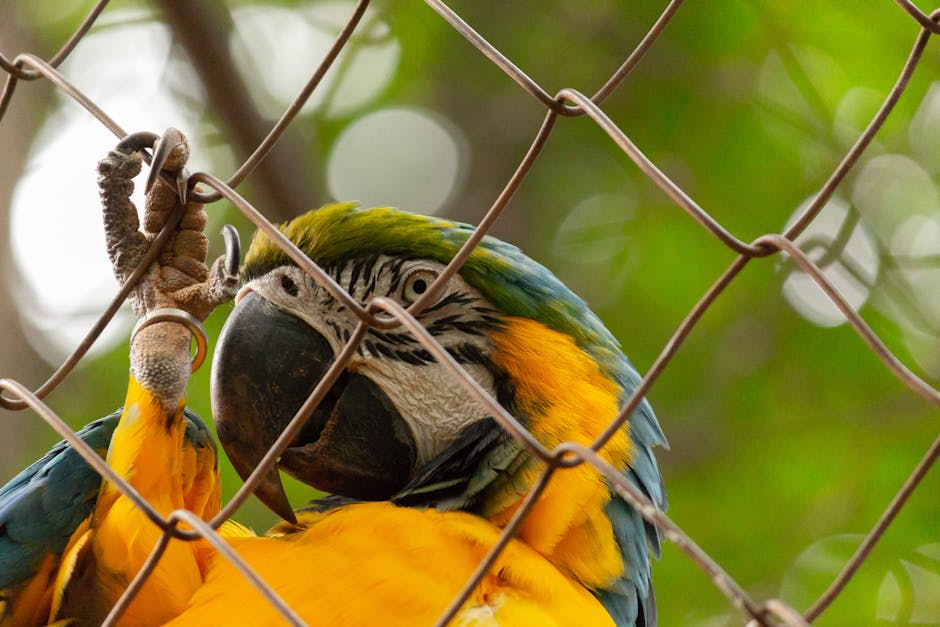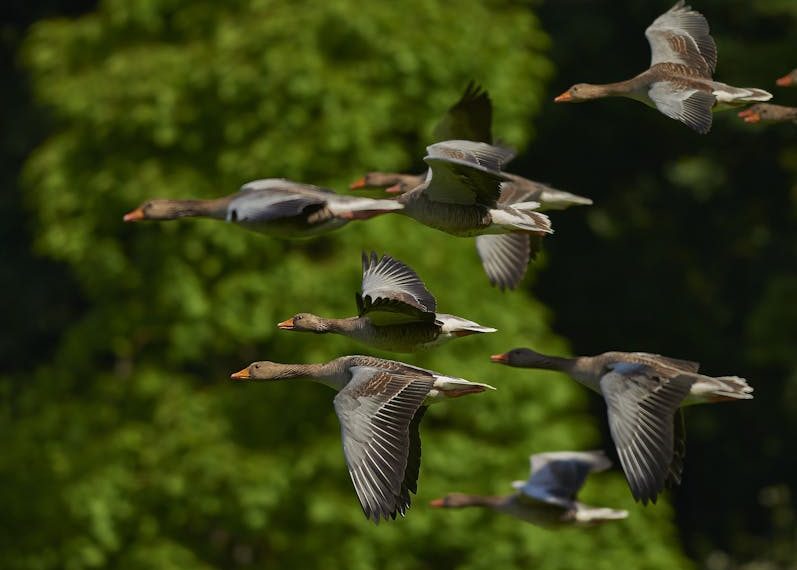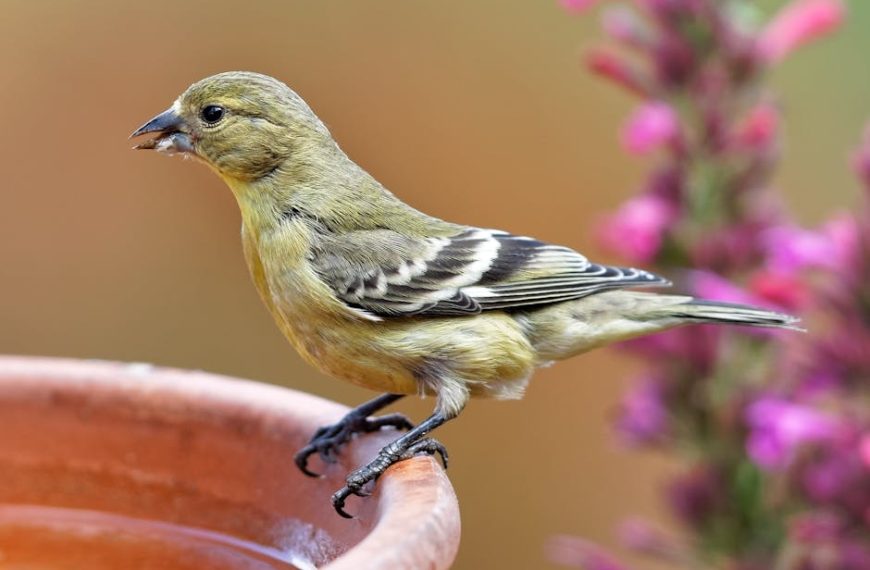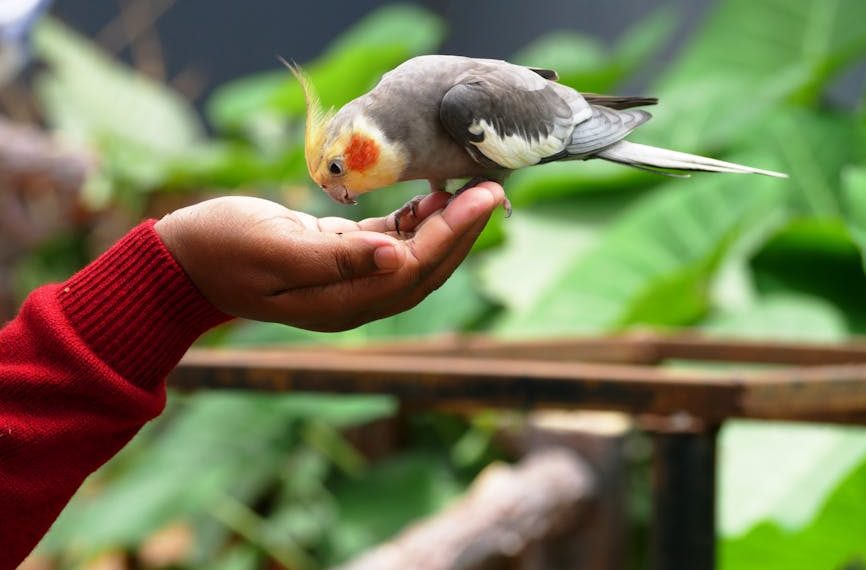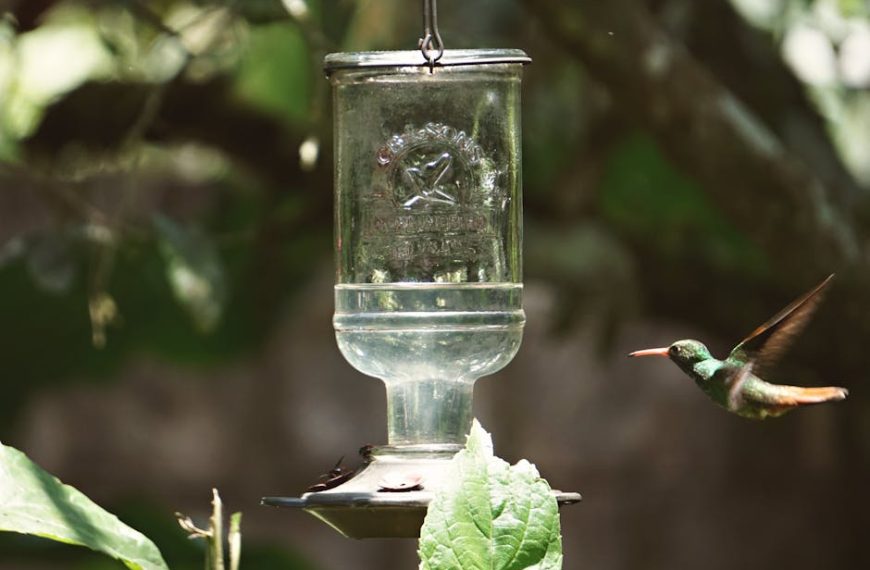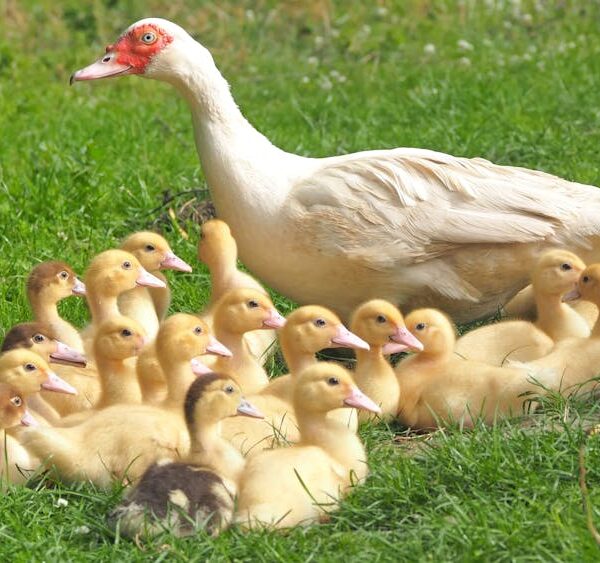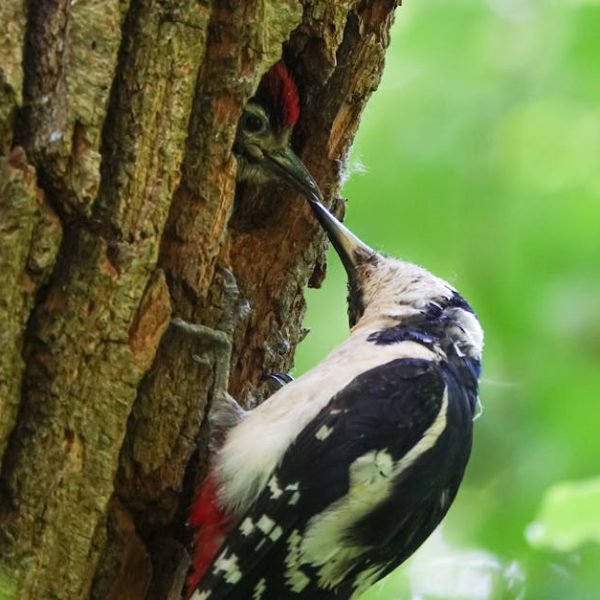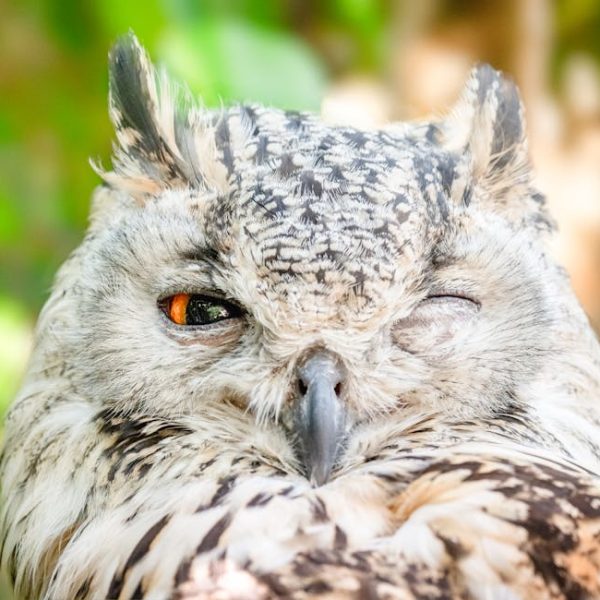Birds require a comfortable environment to sleep optimally, akin to humans who find solace in their bedrooms. Birds feel the same need for assurance, solace, and warmth; it’s just that they find theirs in a comfy cage. This article guides you through the process of making your bird’s cage as comfortable as possible to ensure they get their much-needed rest.
Making the Cage Sleep-Friendly
Before setting a bird’s cage to be their haven of dreams, it is essential to create an ideal sleeping environment. A bird’s sleep significantly depends on cleanliness, the right temperature, and the amount of light. Transforming a regular bird cage into a sanctuary of sleep begins with maintaining cleanliness. Birds are sensitive creatures; therefore, a well-kept cage can do wonders for their rest.
- Make sure you schedule a regular cleaning routine. Change beddings and clean the feeders every day to keep your bird’s environment fresh.
- In terms of temperature, it’s crucial to ensure the bird cage is not placed directly under a source of cold air or heat. Birds are wildly comfortable in moderate-weathered environments; too hot or too cold can disturb their sleep. So, make adjustments accordingly.
- Birds need a quiet, dim-lit space to sleep, mimicking their natural environment at dusk in the wild. So avoid placing the cage in high-traffic areas of your home during their sleep hours.
And then there’s the debate about whether to have a bird comforter or not. Bird comforters can provide warmth and a sense of security for your bird. However, not all birds may like or need a comforter. Assess your bird’s reaction to it and decide accordingly. Be careful about the material; it should not cause any harm or discomfort to the bird.
Creating a Safe Cage Environment
Safety should be paramount when designing a bird’s cage. The type and orientation of cage bars, the setup, and factors to account for like potential threats and inappropriate toys are key considerations while providing an environment safe for your pet bird.
- It’s optimal to opt for a cage with horizontal bars because most birds prefer to climb horizontally. Bars arranged in this pattern facilitate their natural instincts.
- Birds are known escape artists; secure the cage doors with reliable locks to prevent accidental escapes.
- Birds love toys, but not all are suitable for bedtime. Make sure to remove any toys that can pose entanglement or injury risks during sleep. – Besides, always ensure the cage is placed in a safe area, away from predators and household hazards.
To keep you on track, here’s a checklist for setting up a safe bird cage:
- Cage with horizontal bars ✔️
- Secured with reliable locks ✔️
- Free from risky toys during bedtime ✔️
- Placed in a secure location ✔️
Providing Comfortable Perches for Sleep
Just like we retire to our cozy beds after a long day, birds find solace on their perches at night. Choosing the right kind of perch is pivotal for a bird’s comfort.
- Try to vary the sizes and materials of perches. An assortment of branch-like perches made from rope, wood, or even plastic can cater to different comfort needs.
- Birds often sleep high up, away from threats. Placing the perch high in the cage, but away from drafts, can create a comfy sleeping spot for your feathered friend.
To guide you, here are some types of bird perches ideal for a good night’s sleep for your bird:
- Rope perches: Mimics a natural branch and usually comfortable for the bird’s feet.
- Wood perches: Sturdy and comfortable, resembling bird’s natural habitat.
- Heated perches: Ideal for colder climates, providing warmth throughout the night.
- Bumpy perches: Good for foot health but might be less comfortable for sleep.
Understanding Bird Sleep Patterns and Behaviors
Birds don’t follow the same sleep patterns as humans. Their sleep requirements vary, often influenced by factors like their wild species usual sleep/wake cycles.
- Observe your bird’s behavior and understand their specific sleep patterns. Some birds tuck their beak into their feathers or fluff up their feathers before drifting off.
- It’s important to allow birds to follow their natural sleep routine. Birds sleep a lot more than humans, requiring around 12 to 14 hours of sleep a day.
While humans have one prolonged period of sleep, birds have multiple throughout the day. This table shows some general differences between bird and human sleep patterns.
| Birds | Humans | |
|---|---|---|
| Sleep Duration | 12-14 hours | 7-9 hours |
| Sleep Cycles | Multiple throughout the day | One prolonged period |
Proper Feeding and Nutrition for Quality Sleep
Little known fact – a bird’s diet can play a significant role in its quality of sleep. Birds, like humans, use sleep to recharge their energy. Thus a balanced diet positively impacts sleep.
- Feed them a mix of fruits, vegetables, and high-quality birdseed. Consider food items rich in tryptophan, like bananas or seeds, that can promote better sleep.
- Avoid heavy, fatty feeds before bedtime, as it can lead to discomfort, subsequently affecting the bird’s sleep.
To ensure your bird is getting proper nutrition, here is a checklist:
- Balanced diet with fruits, vegetables, and birdseed ✔️
- Foods rich in tryptophan for dinner ✔️
- Avoid fatty feed before bedtime ✔️
There you have it – your guide to ensuring your bird sleeps comfortably in their cage. Remember, patience is key. It might take time for your bird to adjust to these changes, but it’s worth it in the end for their health and happiness.
Key Takeaway:
- A clean, temperature-controlled, and dim-lit environment can significantly enhance a bird’s sleep quality.
- Safety precautions such as selecting a cage with horizontal bars, installing secure locks, and removing risky toys are vital for the bird’s well-being.
- Providing a variety of comfortable perches encourages restful sleep.
- Understanding the bird’s natural sleep patterns and behaviors can aid in better monitoring and care of the pet.
- A balanced diet, preferably rich in tryptophan, can significantly improve sleep quality in birds.
Your feathered friend’s comfort is a high priority for a pet owner. Therefore, consider their needs attentively, and build a comfort zone for them inside their cage. Remember, such compassionate acts not only promise a healthier life for your pet but also reward a bond of mutual respect and love. Keep exploring for more ways to ensure your pet bird’s well-being.
FAQs
Q: Why do birds tuck their beak into their feathers while sleeping?
A: Birds often tuck their beak into their feathers to conserve body heat and get some rest. This behavior also offers them a sense of security while sleeping.
Q: How often should I clean and maintain my bird’s cage?
A: It is advisable to clean the cage, including feeders and perches, daily or every two days. A lack of cleanliness can lead to bacterial infections and diseases among birds.
Q: How can I tell if my bird is uncomfortable or not sleeping well?
A: Signs like lack of energy, visible discomfort, and mood swings could indicate that your bird is not getting enough sleep or is uncomfortable. If you notice these signs, consider revisiting their cage conditions or consult with a vet.
Q: What should I do if my home is too noisy for the bird to sleep?
A: Try to place the bird’s cage in the quietest location of your home, preferably away from high-traffic or noisy areas. Also, you may consider using a bird cage cover to help reduce noise levels and light penetration.
Q: How can I make a perch more comfortable for my bird’s sleep?
A: You can make a perch more comfortable by varying the size and material. Rope, wooden, heated, or bumpy perches can cater to different comfort needs. Make sure they are clean and placed high in the cage, away from drafts.
Remember to share this comprehensive guide and explore more articles on our site for detailed tips and advice on bird care.
